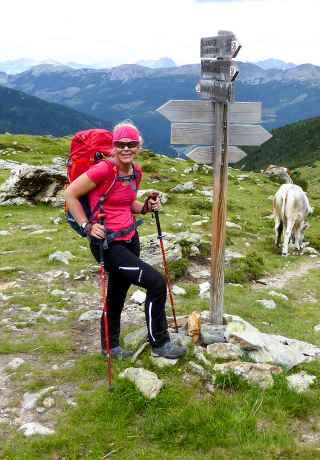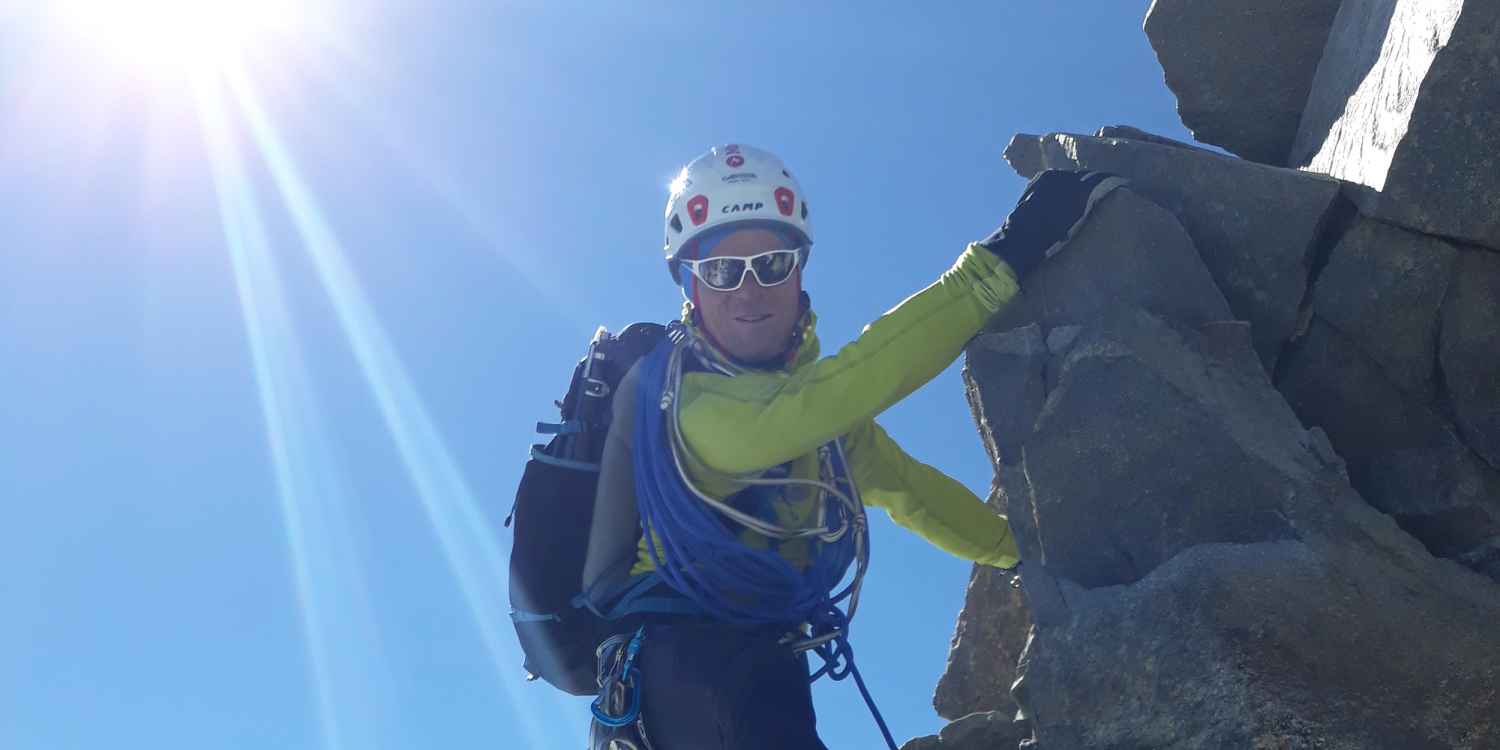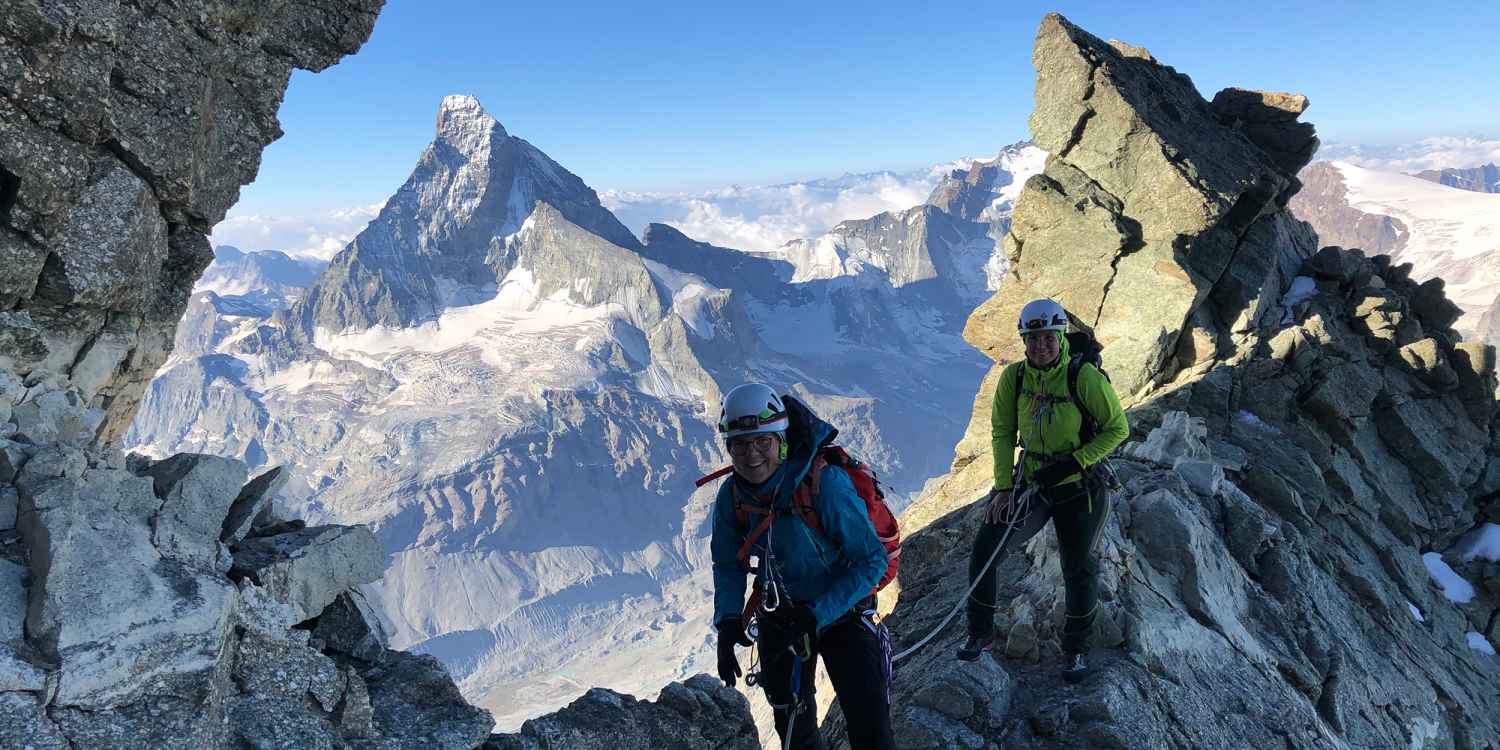The alarm clock goes off a little earlier than it does on a normal workday. The cold is numbing, even though it is the height of summer. Still semi-comatose from the night’s slumber, you and your high-altitude touring companions slip on your glacier gear and force your sleep-stiffened limbs to drag you up steep paths and across loose rocks. You are enveloped in a blanket of freezing cold and pitch-black darkness. You can see no farther than the weak ray of light being cast by the lamp you have clamped to your head. But getting up so early was worth it. Wending your way by foot before the crack of dawn, not a sound to be heard. You advance forward under the moon and Milky Way, the silhouettes of the jet-black spikes of nearby mountains jutting above the horizon as the sun creeps upwards. Your eyes take in the clear light and your lungs breathe in the clear air. The sky and the clouds floating by appear in all colours and moods. Striding across the ice stream of the glacier and a lily-white firn ridge – you experience the truly priceless moments of life!
There are some very good reasons why high-altitude tours are considered to be the ultimate in mountaineering. The name actually says it all: high-altitude tours, adventures undertaken at great heights. “Classic high-altitude tours” involve things like glacier climbs and summit adventures done on snow, ice and mixed terrain in high-mountain ranges. During a high-altitude tour, you can expect to cross glaciers, traverse icy slopes and firn ridges, as well as walk across rock-covered passages.
But such adventures come with their very own set of risks. To help you to avoid the dangers you will face along the way, the German Alpine Club has compiled a list of 10 recommendations that Alix von Melle, a member of the LOWA PRO Team, explores in-depth here. You can learn the practical fundamentals in mountaineering and ice courses. And you can gain the experience you need simply by putting one foot in front of the other one.







